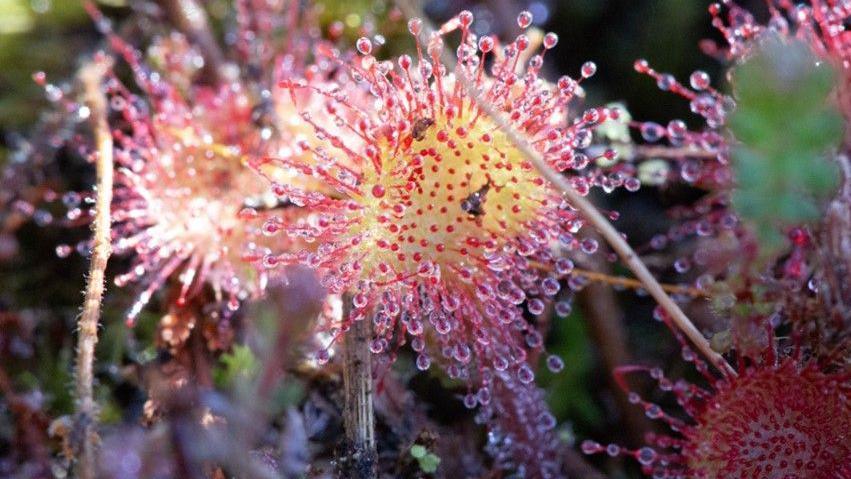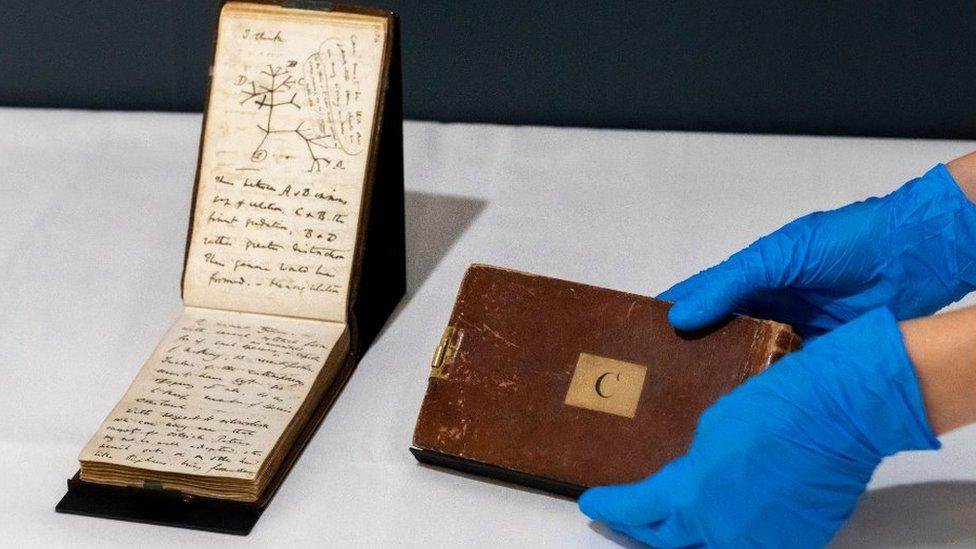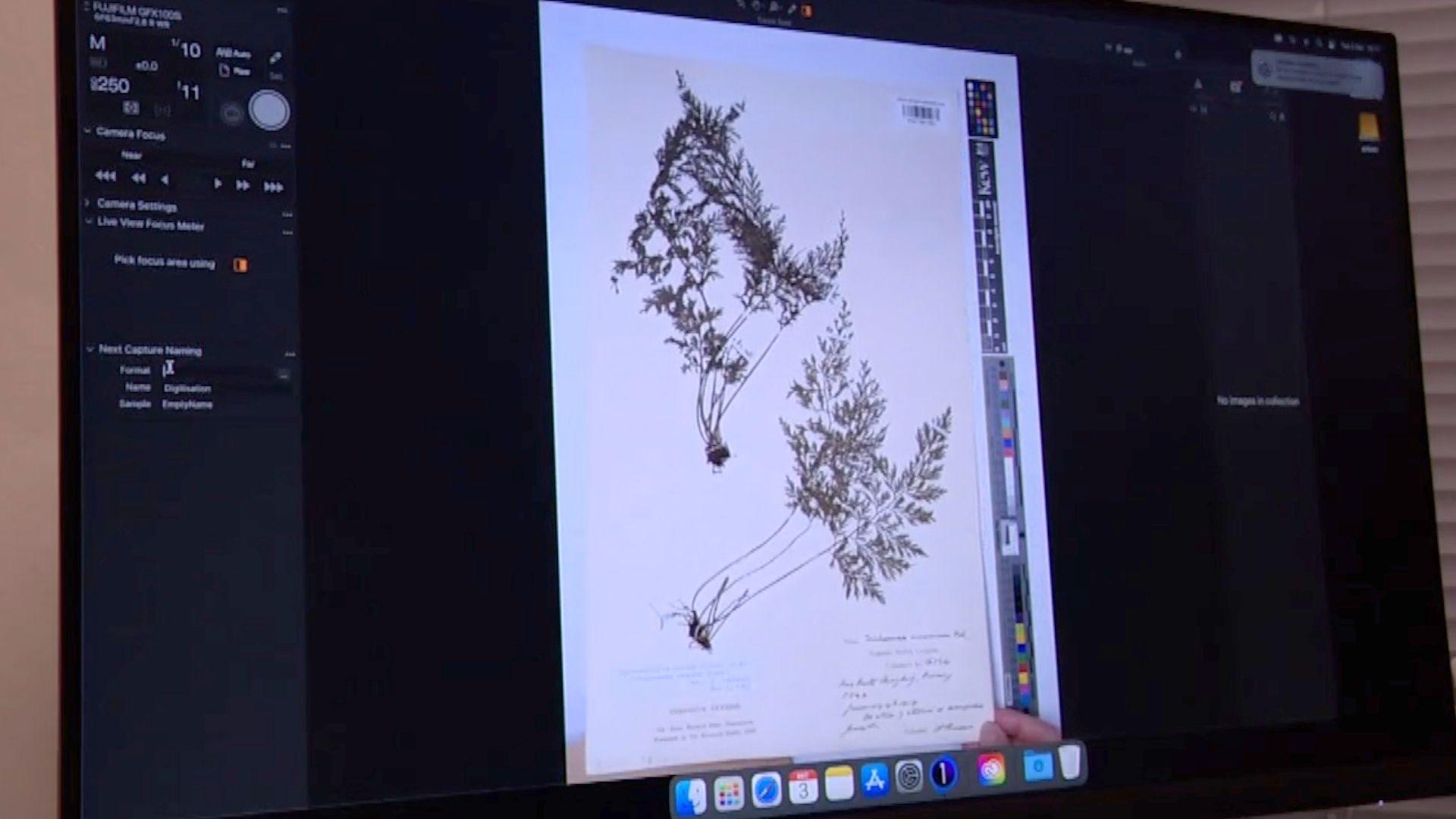Darwin's documentary archive recognised by Unesco

Charles Darwin was an English naturalist, geologist and biologist - best known for his work on the theory of evolution by natural selection
- Published
An archive of works by the scientist Charles Darwin has been recognised by the United Nations for its importance to global science and the need to preserve it.
The Unesco Memory of the World Programme is the documentary equivalent of Unesco World Heritage Sites, protecting invaluable records that tell the story of human civilisation.
The Darwin Archive, spread across six institutions in England and Scotland, including the University of Cambridge's collection, has been added to the Unesco register.
The complete archive comprises more than 20,000 items, including records showing the development of his theory of evolution.
The archive is a collaboration between Cambridge University Library, the Natural History Museum in London, the Linnean Society of London, English Heritage's Down House in Kent, the Royal Botanic Gardens at Kew and the National Library of Scotland.

Darwin sketched his Tree of Life in a notebook
The collection in Cambridge includes Darwin's pocket notebooks recording early ideas contributing to his theory of evolution, and feature the Tree of Life diagram which he drew on his return from the voyage of HMS Beagle.
Thousands of Darwin manuscripts and letters are also freely available online through the Cambridge Digital Library, external and the Darwin Correspondence Project, external.
Down House in Downe, Kent, which is run by English Heritage, was both a family home and a place of work to Darwin, and its collection includes more than 200 books from his personal collection, account books, diaries, the Journal of the Voyage of the Beagle, notebooks and letters - plus personal items including scrapbooks.
Meanwhile, the Royal Botanic Gardens at Kew has a collection of 44 letters detailing the HMS Beagle expedition and further letters are held at the Natural History Museum and the Linnean Society of London.
In Scotland, the National Library holds correspondence with Darwin's publisher John Murray.

Darwin produced two groundbreaking works - On the Origin of Species and The Descent of Man
Cambridge University Library said: "The Unesco International Memory of the World, external Register includes some of the UK's most treasured documentary heritage, such as the Domesday Book, the Shakespeare Documents, alongside more contemporary materials, including the personal archive of Sir Winston Churchill.
"The Charles Darwin archive now joins this esteemed list, underscoring its historical, scientific, and cultural significance."
Baroness Chapman of Darlington, Minister of State for International Development, said: "The recognition of the Charles Darwin archive on Unesco's International Memory of the World Register is a proud moment for British science and heritage.
"Darwin's work fundamentally changed our understanding of the natural world and continues to inspire scientific exploration to this day.
"By bringing together extraordinary material from our world class British institutions, this archive ensures that Darwin's groundbreaking work remains accessible to researchers, students, and curious minds across the globe."
Get in touch
Do you have a story suggestion for Cambridgeshire?
Follow Cambridgeshire news on BBC Sounds, Facebook, external, Instagram, external and X, external.
- Published13 January

- Published8 July 2022

- Published6 December 2024

- Published9 October 2021
